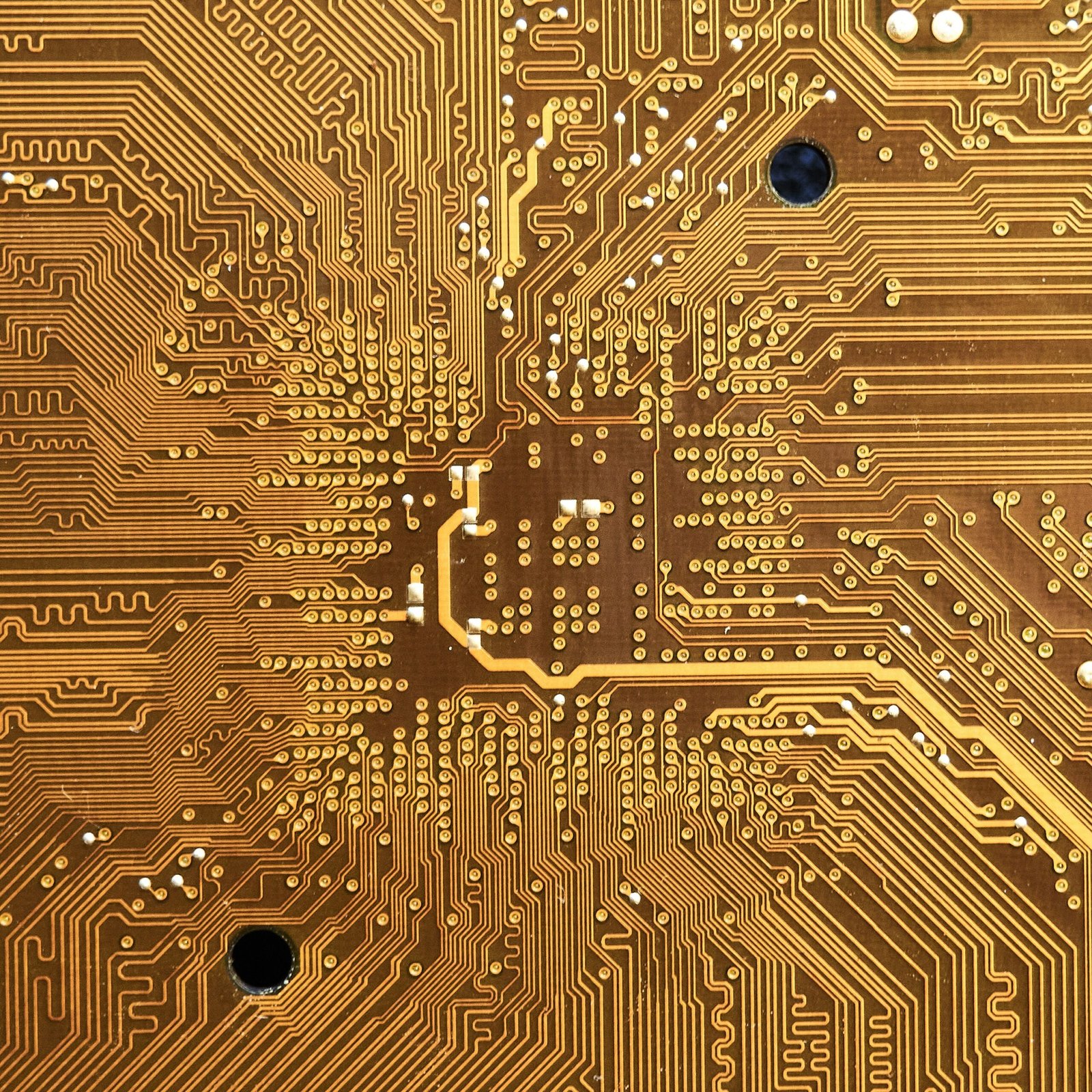Introduction
The evolution of computing technology has led to the emergence of two distinct paradigms: quantum computing and classical computing. Both of these computing approaches serve critical roles in the technological landscape, yet they operate on fundamentally different principles. Understanding the differences between quantum and classical computing is pivotal in grasping the capabilities and limitations of modern computational systems.
Classical computing, which has been the backbone of technological advancements for decades, relies on bits as the basic unit of information. These bits can exist in one of two states: zero or one. This binary system enables classical computers to perform complex calculations, store vast amounts of data, and power applications ranging from simple spreadsheets to advanced artificial intelligence algorithms. However, classical computing faces limitations, particularly when dealing with extraordinarily large datasets or complex quantum phenomena, making it less efficient in certain scenarios.
In contrast, quantum computing leverages the principles of quantum mechanics, utilizing qubits as its fundamental unit. Unlike classical bits, qubits can exist in multiple states simultaneously due to superposition, and they can also be entangled, allowing for a level of parallelism and computational capability that classical computers cannot achieve. This unique property positions quantum computers as potentially transformative tools for specific applications, such as cryptography, drug discovery, and optimization problems.
The distinctions between quantum and classical computing are not merely academic; they embody real-world implications that affect a multitude of fields, from finance to healthcare. Misunderstanding these two paradigms can lead to misconceptions about what each computing type can accomplish. In this article, we will delve deeper into their respective mechanisms, exploring how these differences shape their respective capabilities and influence future technological advancements. As we navigate this complex domain, readers will gain insights into how these two forms of computing coexist and compete in today’s dynamic technology-driven society.
Understanding Classical Computing
Classical computing serves as the backbone of modern technology, fundamentally executing operations using binary digits, or bits, which can represent either a 0 or a 1. This binary foundation allows classical computers to perform complex calculations by leveraging combinations of these bits, ultimately translating them into meaningful data and functions. At the core of classical computing is the use of algorithms—sets of rules that dictate how data is processed to achieve a specific outcome. These algorithms efficiently guide the computer’s operations, enabling users to perform tasks ranging from simple arithmetic to advanced data analysis.
The architectural framework of classical computers is built around two pivotal components: transistors and logic gates. Transistors, the building blocks of classical computer hardware, act as switches that control the flow of electrical signals. By processing input signals, transistors can turn on or off, manipulating bits effectively. Logic gates use these transistors to execute basic operations such as AND, OR, and NOT, which are essential for constructing more intricate circuits. Through the combination of numerous transistors and logic gates, classical computers can process and store vast amounts of information accurately and reliably.
Data storage in classical computing is another significant aspect, with various mediums—from hard drives to solid-state drives—enabling the retention and retrieval of vast quantities of data. Classical computing has demonstrated extraordinary growth over the decades, characterized by Moore’s Law, which states that the number of transistors on a microchip doubles approximately every two years. This exponential improvement in processing power has made classical computing an indispensable tool across various domains, including finance, healthcare, and entertainment, where it continues to perform efficiently in daily applications.
Exploring Quantum Computing
Quantum computing represents a revolutionary advancement in the field of information technology, designed to overcome the limitations of classical computing. The foundational unit of quantum computing is the qubit, a quantum analogue to the classical bit. While classical bits can only exist in one of two states—0 or 1—a qubit can exist in a state of 0, a state of 1, or both simultaneously due to a property called superposition. This allows quantum computers to process a vast amount of information concurrently, significantly enhancing computational power when solving complex problems.
Moreover, qubits are capable of becoming entangled, meaning the state of one qubit is intrinsically linked to the state of another, even when they are separated by large distances. This phenomenon of entanglement allows quantum computers to perform multiple operations at once, offering the potential for unprecedented computational efficiency in various applications. For instance, in the realm of cryptography, quantum computing could enable the development of new algorithms that can break traditional encryption methods, thereby raising concerns and opportunities for cybersecurity advancements.
Quantum computing also has significant implications for optimization problems. Industries such as logistics and manufacturing can leverage quantum algorithms to find optimal solutions for complex challenges, such as routing and scheduling, much faster than classical methods. Additionally, in the field of drug discovery, quantum computers can simulate molecular interactions at an atomic level, facilitating the identification of new therapeutics in less time and with lower costs than conventional techniques.
Research suggests that quantum computing could revolutionize sectors such as finance, healthcare, and materials science. As exploration into this medium continues to grow, the potential impact on various industries becomes increasingly evident. With ongoing advancements, quantum computing is poised to reshape our understanding and utilization of computational technologies in the coming years.
Key Differences and Future Implications
Quantum and classical computing represent two distinct paradigms, each with its own unique characteristics, strengths, and weaknesses. Classical computing relies on bits as the fundamental units of data, processing information sequentially through classical algorithms. In contrast, quantum computing utilizes qubits, which can exist in multiple states simultaneously due to quantum superposition. This capacity enables quantum computers to perform complex calculations at speeds unattainable by classical machines, especially for specific problem types.
Despite its potential, quantum computing remains in the experimental stage, facing significant challenges in terms of technology readiness and practical implementation. Issues such as error rates, qubit coherence times, and scaling up quantum systems need to be addressed before widespread adoption can occur. Meanwhile, classical computing continues to evolve, driven by advances in chip design, software, and optimization algorithms. This ongoing development allows classical systems to maintain relevance across numerous applications, albeit at a different speed and efficiency.
The implications of quantum computing are vast. Industries such as finance, healthcare, and logistics stand to benefit dramatically from quantum-enhanced capabilities, allowing for an unprecedented level of optimization and data processing. However, businesses must prepare for a hybrid future that accommodates both computing paradigms. Organizations should consider investing in quantum research and development while enhancing their classical computing infrastructures to leverage strengths from both technologies.
Individuals and companies alike are encouraged to remain informed about advancements in quantum computing, as this knowledge will be critical in determining how best to integrate these systems into existing workflows. Questions such as “How can my business utilize quantum advantages?” or “What resources are available for learning quantum computing?” will be vital for those seeking to stay ahead of the curve. Ultimately, engaging with this rapidly evolving landscape can provide valuable insights into which computing technology may dominate in the years to come. We invite readers to share their thoughts on this topic and discuss which technology they believe will define the future of computing.



